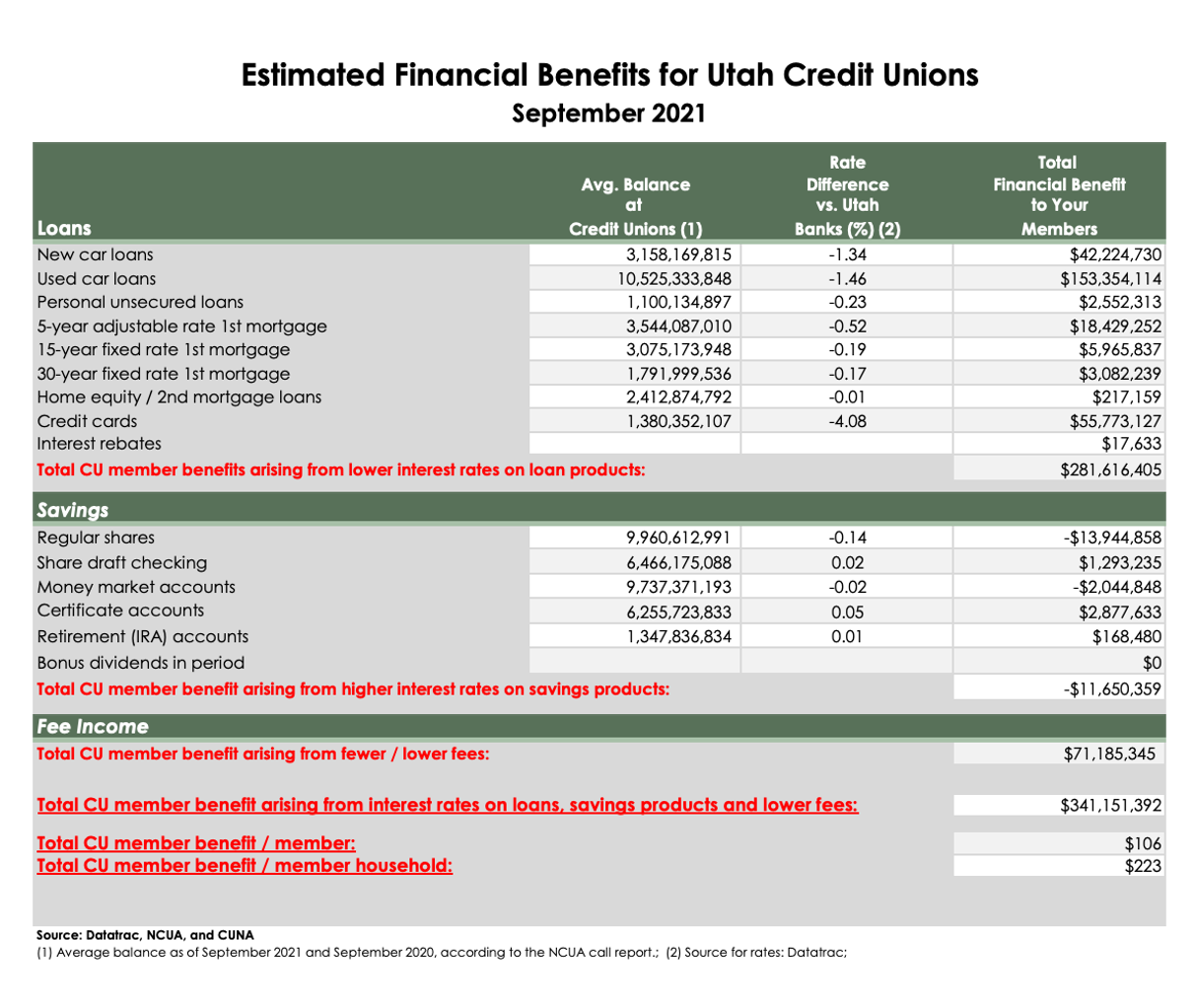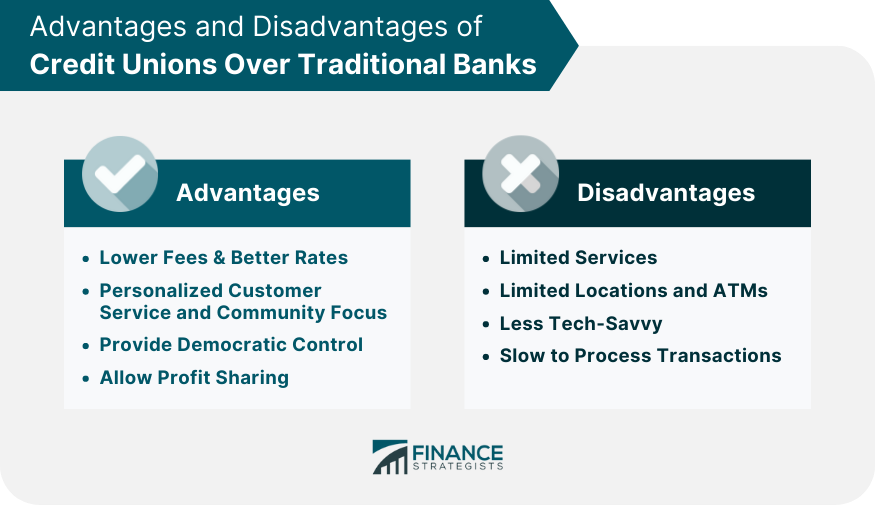Hybrid Line of Credit: Flexible Financing Options from Your Wyoming Credit Union
Hybrid Line of Credit: Flexible Financing Options from Your Wyoming Credit Union
Blog Article
The Ultimate Guide to Recognizing Credit Report Unions
Credit history unions stand as unique monetary entities, rooted in concepts of mutual assistance and member-driven operations. Nevertheless, past their foundational values, recognizing the elaborate functions of lending institution entails a deeper exploration. Cheyenne Credit Unions. Unraveling the complexities of subscription qualification, the evolution of solutions supplied, and the unique advantages they bring needs a thorough examination. As we navigate through the complexities of lending institution, an insightful trip awaits to clarify these member-focused organizations and how they differ from conventional banks.
What Are Cooperative Credit Union?
Cooperative credit union are member-owned monetary institutions that offer a range of financial solutions to their members. Unlike conventional banks, cooperative credit union operate as not-for-profit companies, indicating their main focus gets on serving their participants instead of making best use of revenues. Members of a cooperative credit union commonly share a typical bond, such as working for the very same company, belonging to the very same neighborhood, or becoming part of the very same organization.
Among the essential advantages of lending institution is that they commonly provide greater rate of interest on financial savings accounts and lower interest prices on car loans contrasted to banks. This is due to the fact that lending institution are structured to benefit their participants directly, permitting them to pass on their incomes in the form of much better rates and fewer costs. Additionally, cooperative credit union are understood for their individualized customer support, as they focus on developing partnerships with their members to comprehend their one-of-a-kind financial requirements and objectives.
History and Evolution of Debt Unions

The roots of member-owned financial cooperatives, recognized today as lending institution, trace back to a time when areas looked for options to traditional financial organizations. The idea of cooperative credit union originated in the 19th century in Europe, with Friedrich Wilhelm Raiffeisen often attributed as the pioneer of the participating financial movement (Cheyenne Credit Unions). Raiffeisen started the very first recognized cooperative credit union in Germany in the mid-1800s, highlighting community assistance and self-help principles
The advancement of credit report unions continued in The United States and Canada, where Alphonse Desjardins established the very first lending institution in Canada in 1900. Soon after, in 1909, the first U.S. credit score union was formed in New Hampshire by a team of Franco-American immigrants. These very early lending institution operated on the essential concepts of mutual support, autonomous control, and member ownership.
With time, lending institution have expanded in popularity worldwide because of their not-for-profit framework, focus on serving members, and using affordable financial services and products. Today, credit rating unions play a crucial duty in the financial industry, supplying community-oriented and accessible banking choices for businesses and individuals alike.
Membership and Qualification Standards
Subscription at a credit report union is typically limited to individuals fulfilling particular qualification requirements based on the organization's starting concepts and regulatory needs. Some credit scores unions may just offer individuals that live or work in a specific location, while others may be customized to employees of a particular firm or members of a certain association.
In addition, cooperative credit union are structured as not-for-profit organizations, indicating that their key objective is to serve their members as opposed to generate revenues for investors. This focus on participant solution frequently converts right into more individualized attention, lower charges, and affordable interest rates on loans and cost savings accounts. By satisfying the qualification standards and becoming a member of a lending institution, individuals can access a series of monetary items and solutions customized to their specific needs.
Services and Products Provided
One of the essential aspects that establishes credit history unions apart is the diverse variety of financial solutions and products they supply to their members. Credit rating unions typically give conventional financial services such as cost savings and examining accounts, finances, and credit rating cards.
Additionally, credit score unions commonly offer practical online and mobile banking choices for members to easily handle their finances. They might use perks such as common branching, permitting members to access their accounts at other credit scores unions throughout the nation. Some credit scores unions additionally provide insurance coverage items like auto, life, and home insurance to assist participants shield their properties and loved ones.
In addition to monetary services, debt unions frequently take part in community outreach programs and financial education efforts to support their members in accomplishing their monetary objectives.
Benefits of Financial With Lending Institution
When thinking about financial institutions, checking out the advantages of financial with credit history unions discloses unique advantages for participants looking for customized solution and affordable prices. Unlike large banks, credit rating unions are member-owned and prioritize structure solid partnerships with their members. In general, banking with a credit union can offer a much more individualized, cost-efficient, and member-centric financial experience.
Conclusion

Credit rating unions are member-owned monetary organizations that supply an array of financial services to their members. The idea of debt unions originated in the 19th century in Europe, with Friedrich Wilhelm Raiffeisen typically attributed as the leader of the participating financial activity.The evolution of credit scores unions continued in North America, where Alphonse Desjardins developed the initial credit union in Canada in 1900. Credit history unions typically offer conventional financial services such as cost savings and examining accounts, loans, and credit report cards.When taking into consideration economic establishments, discovering the benefits of banking with credit history unions exposes distinct benefits for participants looking for individualized service and affordable prices.
Report this page